Our contributor, Sebastiano Sali, has been searching for the best multifilament string for his game. Here are his thoughts.
My quest to the best multifilament string experience started when I picked up tennis again, in April 2020 (bad timing, I know). And that’s because the last time I had played tennis at all, in November 2008, a whopping 12 years ago, I ended up with a so-called SLAP tear, ‘an injury to the superior glenoid labrum (fibrocartilaginous rim attached around the margin of the glenoid cavity in the shoulder blade) that initiates in the back of the labrum and stretches toward the front into the attachment point of the long head of the biceps tendon’ according to Wikipedia (in case you’re an injury-nerd, more here). Sounds familiar? This article is for you. Stick with me!
On that very day, I was playing one of my Volkl C10 Pro from 2002, a yellow and black beauty of 330 grams unstrung static weight, equipped with my go-to Tecnifibre poly strung at 24-23 that had been playing for God knows how many hours already. Madness. Sheer masochism. I wish I knew better. 12 years later, I was mature enough to know better.
The journey starts
Following Jonny Mac’s approach to the 1980 US Open final against Bjorn Borg after having just lost to the same man the final in Wimbledon, I took the opportunity to show I had learnt from my own mistakes. I started reading up on types of strings, tensions, stringing techniques and so on and set my eyes on what is considered the benchmark of multifilaments: the Head Velocity. Established manufacturer, Head, established model, Velocity, it serves the purpose: light on your arm and, not secondary, light on your wallet. I convincingly gave it a go.
Disclaimer: for those of you reminiscent of the good old days of wooden racket and natural gut, I was not on this Planet yet and therefore won’t be able to offer you any comparative insights with the multifilaments I have tested, sorry. But I would suggest that continuing reading is going to be interesting anyways.
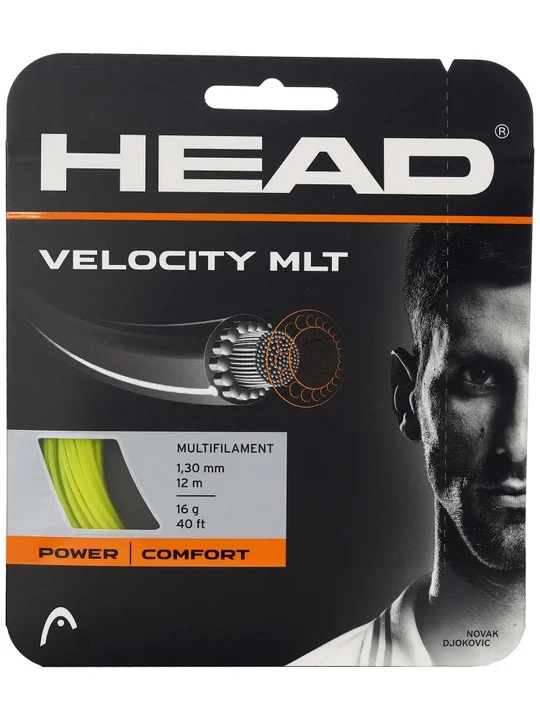
I strung my neon-yellow, 1.30mm thick Head Velocity in my (again) black and yellow Pro Kennex Black Ace 100/300, 16×19 string pattern (yes, I was taking it very cautiously) at 22/21. Priority number one for me was to start hitting regularly without pain. And I could. I did for a couple of months and was very happy with it. But apart from the fact that the setup allowed me to play with no pain, I wasn’t very happy with my strings of choice. I would have later come to appreciate the durability of the Head Velocity in comparison to other multifilaments, but the spin potential was really limited; the strings would not snapback, even at those low tensions (I also tried a 22/20 to allow mains more room for snapping back), and stick in those somewhat awkward sneaky poses unless mechanically brought back by hand. It came as no surprise to me when, sometime later, I heard Dennis Fabian from Head speaking on the Tennisnerd podcast, saying that Head is preparing something big in the multifilament field. Well, to me, their benchmark multifilament string proved to be a really low benchmark (no hard feelings, Head).
More spin?
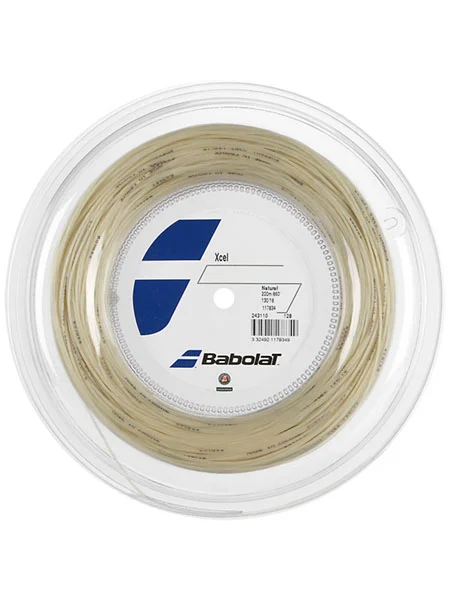
Thus, I moved on to the blue Babolat Xcel, with which I strung a frame I was testing, always a Pro Kennex, but this time the Q+Tour (the green one, 98/315 grams unstrung, 16×19 string pattern). Same size, 1.30mm, same tension (21/20 first and 22/20 later). At the time, I preferred the Babolat to the Head: the strings were not even remotely moving as much as the Velocity, the spin potential was increased, power was more or less the same, and no pain in my arms. The big downside, though, much bigger than the Velocity, became apparent very soon: durability. The Xcel would start fraying very early on, let’s say already after 4 to 5 hours, depending on weather conditions. And for 14/15 Euros per 12m set strings, that was a heavy weight on my finances.
Looking for new gear?
Get your tennis racquets from Tennis Only.
Our recommended tennis store for Australia!
Looking for new gear?
Get your new strings from Tennis Warehouse Europe!
Use the code TNERD10 for a 10% discount right now.
Looking for new gear?
Get your new strings from Tennis Warehouse.
Our recommended tennis store for North America!
Durability and affordability
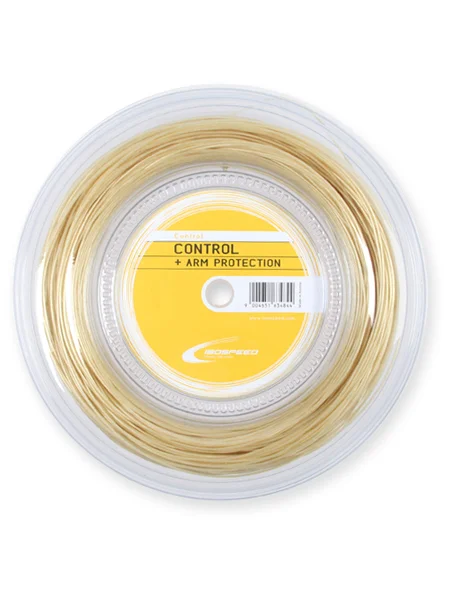
I was on the lookout for something cheaper and I ended up with the Isospeed Control Natural. Manufactured in Austria, in the same place where Head produced their own, it has a natural light brown color (hence the name, I suppose), and it feels slightly rough at the touch. Don’t get me wrong, it is nothing comparable to rough poly, but it is also very different from the smooth, slick Velocity, wax, and rubbery Xcel. It is also much cheaper than Babolat, and that turns out to be important because durability is not its best asset: on the same frame, being all specs equal, I could stretch to 6/7 hours before the strings would start fraying, which is of course better than my experience with Xcel, but far from ideal. These two aspects were the only two most notable differences when comparing Isospeed Control Natural to the previously tested multifilaments. It is a good deal, gentle on the arm, with good touch, moderate spin, and average durability.
Going premium

Then I came across what I can describe with no fear of being denied, the best multifilament on the market: Tecnifibre’s X-One Biphase. And, incidentally, also the most expensive. It was a casual and random encounter, one of those you would never think of, the person of your dream, too clever, cool, and pretty to look down at you. And yet we met and it was love at first sight.
My Pro Kennex Q+Tour, 315 grams unstrung on paper but actually 321, became too heavy for league and tournament occasions, where I had to regularly play more than one match in the same day. Looking for alternatives, I focused on the latest iteration of the Donnay Pro One, the Octacore. It has a super classic frame, 97 square inches for 305 grams (which this time is really 305 also on my scale). As I get it second hand, it comes strung with the X-One Biphase, 1.30 and slightly higher than my usual tension at 23/22. It was brilliant! Thanks to the most spin potential I ever got from a multi, I had the chance to make the most of the power and trampoline effect that multis provide without shooting over the back-fence. At the same time, an amazing feeling and pocketing, combined with the great spin, allowed me to take drop shots at steep angles, both on my back and forehand. What a joy! I must say, it was the first time I could perceive the positive impact the strings were having on my game. The last thing before marrying them was to make sure the marriage would last, and yes, it did! For at least 8/9 hours I could play with only minimal fraying, which did not affect the playability and the level of my game. I had found it. I was ready to go online and buy a reel of…shoot 250 euros!!! Definitely high-maintenance, my bride. I was on the market again.
Back to Italy
The last step of my quest for the best multifilament string experience takes me back to my country of origin, Italy. That’s where the brand String Project is from, even though their multi is called Gold, yes is the colour of the strings (and it looks incredibly cool and slick on my glossy black Donnay Pro One), is also manufactured in Austria and yes, it’s always the same factory where Head and Isospeed make their strings (Austrians must have some sort of Asterix’s magic potion only for making tennis strings!). Mind you, it’s not cheap; it’s 15 Euros a set, although you can get a pretty good deal if you buy three or more. But it’s also the multi that lasted the longest in a classic, 97 square inch, 16×19 frame: I could play up to 9 hours without fraying and reach 11 hours before breaking the strings! The feeling and pocketing matched Tecnifibre’s X-One Biphase. Spin potential could be better and strings tend to move a bit too much, but that’s only towards the end of their life, meaning after 8/9 hours of play. All in all, a great experience. It quickly became my multi of choice.
PS. You can use the code TENNISNERD5 to get 5% off String Project strings like the excellent multifilament Gold or the new Sirius. Ds.
Summary
To recap, although in my experience Tecnifibre’s X-One was the best of the multifilament strings I’ve tried, its cost made me choose String Project’s Gold: what’s missing it’s only a little bit of spin, but your wallet can breathe.
One last word (of caution). All the strings above were tested on very classical frames and in full-bed setup. More recently, I switched to a hybrid frame and to a hybrid strings setup, poly (Solinco’s Tour Bite Soft)/multi. As you can imagine, I went with no doubt with my beloved String Project Gold. Well, that didn’t work at all! Possibly because of the wax cover of the multi, or maybe for other reasons unknown to me, the poly snapback potential was very much tamed. I later noticed that on their website, Solinco recommended to use, in a hybrid setup with their Tour Bite, their multifilament Vanquish. I followed their advice and…the magic happened! Great spin potential, good touch, great comfort and, most importantly, the possibility for me to benefit from the characteristics of a shaped poly string without harming the health of my wrist/elbow/shoulder joints, thanks to the gentleness of the multi.
In a nutshell, the string you love strung in one specific frame and in a given setup, might turn out to be not so good once strung in a different frame and different setup.
Therefore, be aware of the fact that there are some great multifilament options out there that will allow any club/recreational player to be competitive without self inflicted harm on their articulation. At the same time though, know that before reaching the ideal solution for your racket and game, it might take a while.
But there’s light at the of the tunnel and it comes from the floodlights of a tennis court!
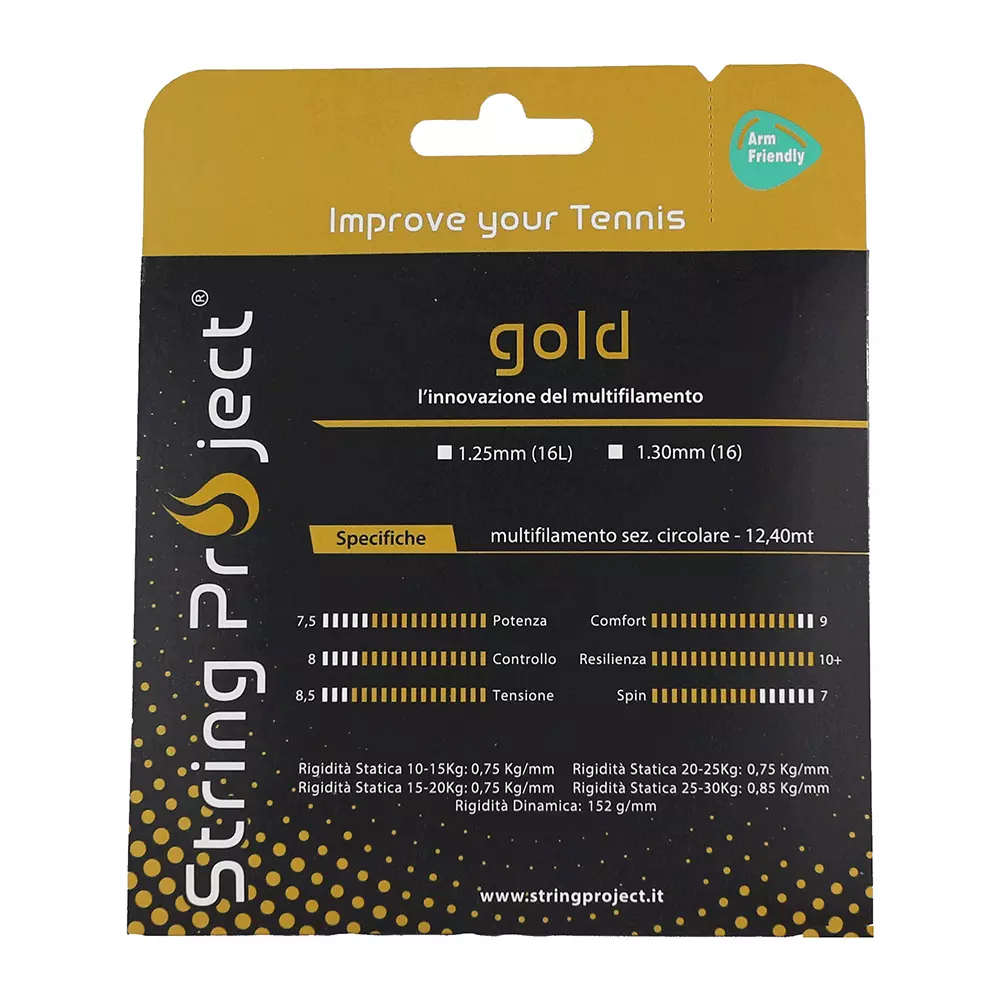




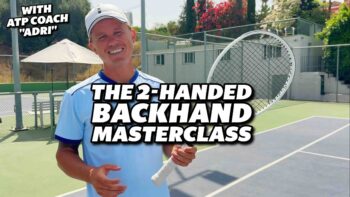


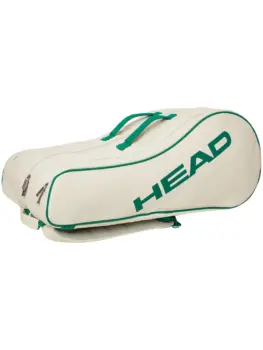

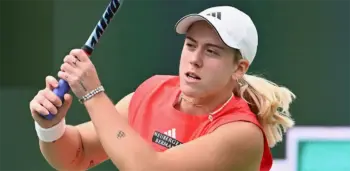

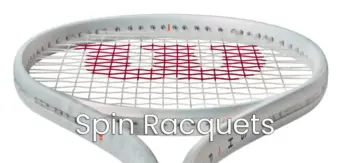


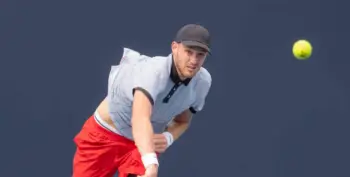
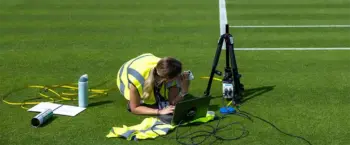

Great article; Or as a famous Italian tennis journalist sometimes says, “not too bad”…:)
Haven twice recovered from a long bout of tennis elbow, I don’t want to risk it again by using poly strings. I have learnt to like Multifilament strings. I would add that the Isospeed Control Classic/Professional is a really great multi string as well; better than the Isospeed string that was mentioned in this article. It sells for 12,90 EUR on Tennis Warehouse Europe. Tecnifibre NRG2 is another good premium multi string.
I think multis work very well in racquets where the string pattern is not too open. Works well for example in Ezone 100, Pure Strike 100/98 but in Pure Aero type “spin” racquets, I think multis are not so great. Open string patterns make multis move way too much and the string durability suffers a lot.
How would you compare level of comfort of the String Project “Gold” to the String Project “Magic” ?
I guess I would inject a praise for RAB Sensor Fibre. To me a longer lasting (tension and wear) Bab X Cel. Right now I find Head Rip Control to be a good fit for my Volkl V1 Pros (Super G and V Cell). Good pocketing strung @ 48 – 52
Hey Alec, in my experience I found the Gold more comfortable than the Magic. The latter is not at all a stiff string, but its build it’s a proper monofilament poly, whereas the Gold’s structure is that of a multi and one can tell the difference in the transmission of bad vibrations from the racket to your arm. Having said that, the Magic didn’t cause me any pain, only a bit of soreness; but that, at least for me, is enough to limit the number of hours I can play with, the intensity, the tension range and so on. Frankly, too many factors for electing it as a go-to string in my case.